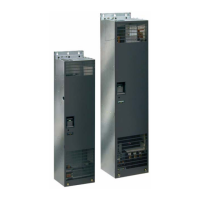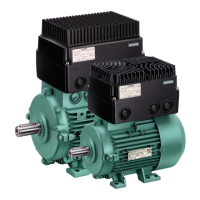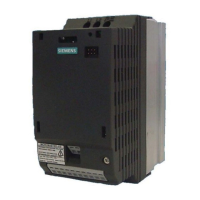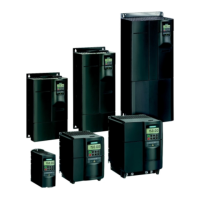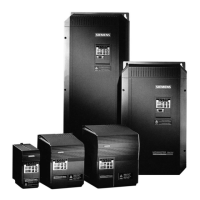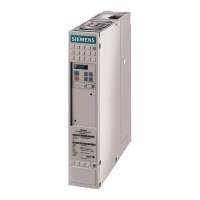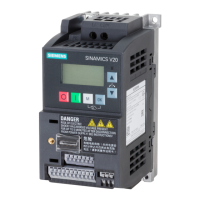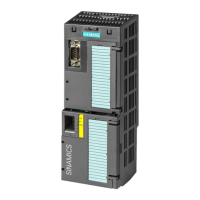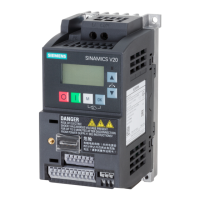,QWHUQDWLRQDO(QJOLVK (1*,1((5,1*,1)250$7,21
MICROMASTER 420 Reference Manual
Issue A1
9
2.1.1 Current Monitoring Accuracy
The current display accuracy is typically +/- 2% of the measured current, but could
vary up to +/- 5%. Table 2-2 shows the sample results comparing the current
measured with a current scope, and the current displayed on the inverter, using
measurements taken from a variety of inverters at various switching frequencies,
current loads, frequency setpoints and cable lengths.
Table 2-2 Measured Current Monitoring Accuracy
Inverter FSA 230 V
750 W
FSB 230 V
2.2 kW
FSC 230 V
5.5 kW
Switching frequency 8 kHz 16 kHz 2 kHz
Load on inverter min. load 1.5 A max. load 12 A max. load 25 A
Frequency setpoint 45 Hz 25 Hz 10 Hz
Scope current (long cable) 1.5 A 12 A 23.0 A
Drive current (long cable) 1.6 A 11.9 A 23.3 A
% difference (inverter/scope) -2.3% 0.8% -1.2%
Scope current (short cable) 1.5 A 12 A 25 A
Drive current (short cable) 1.5 A 11.9 A 25.5 A
% difference (inverter/scope) 0.0% 0.8% -2.0%
2.2 Fast Current Limit
Fast Current Limit (FCL) is a cycle by cycle hardware current limit built into the
inverter. The current is rapidly reduced by pulse dropping, that is by turning off the
Insulated Gate Bipolar Transistors (IGBTs) on a pulse by pulse (cycle by cycle)
basis. The normal current limit operation then takes over.
The FCL threshold is set slightly below the software overcurrent trip threshold and
reacts much quicker (i.e. in milliseconds), thus preventing spurious and unwanted
trips when sudden loads are applied or fast accelerations requested.
FCL is especially useful when working in open loop control to override unwanted
currents.
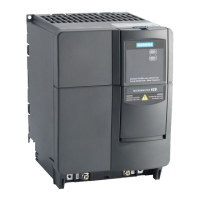
